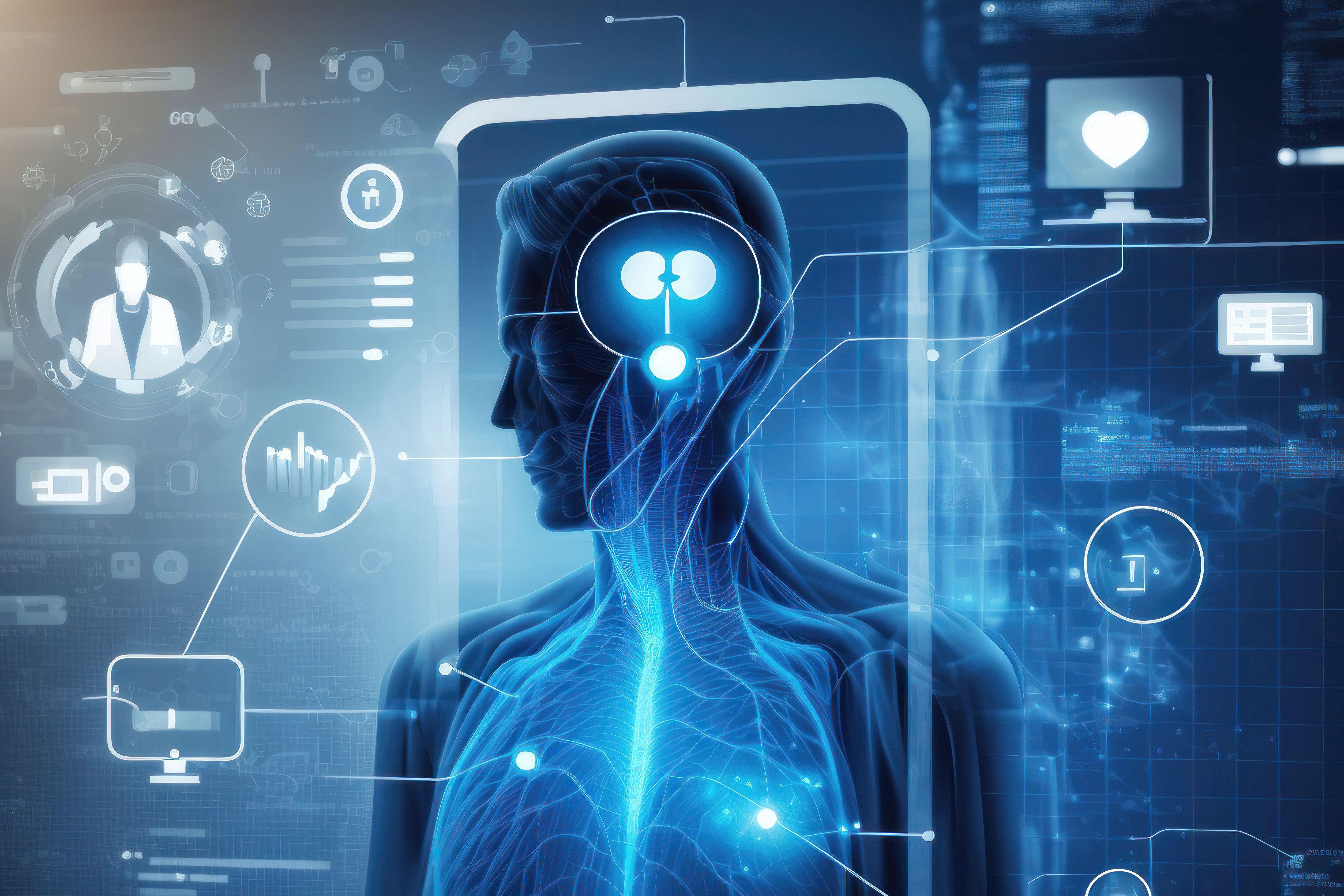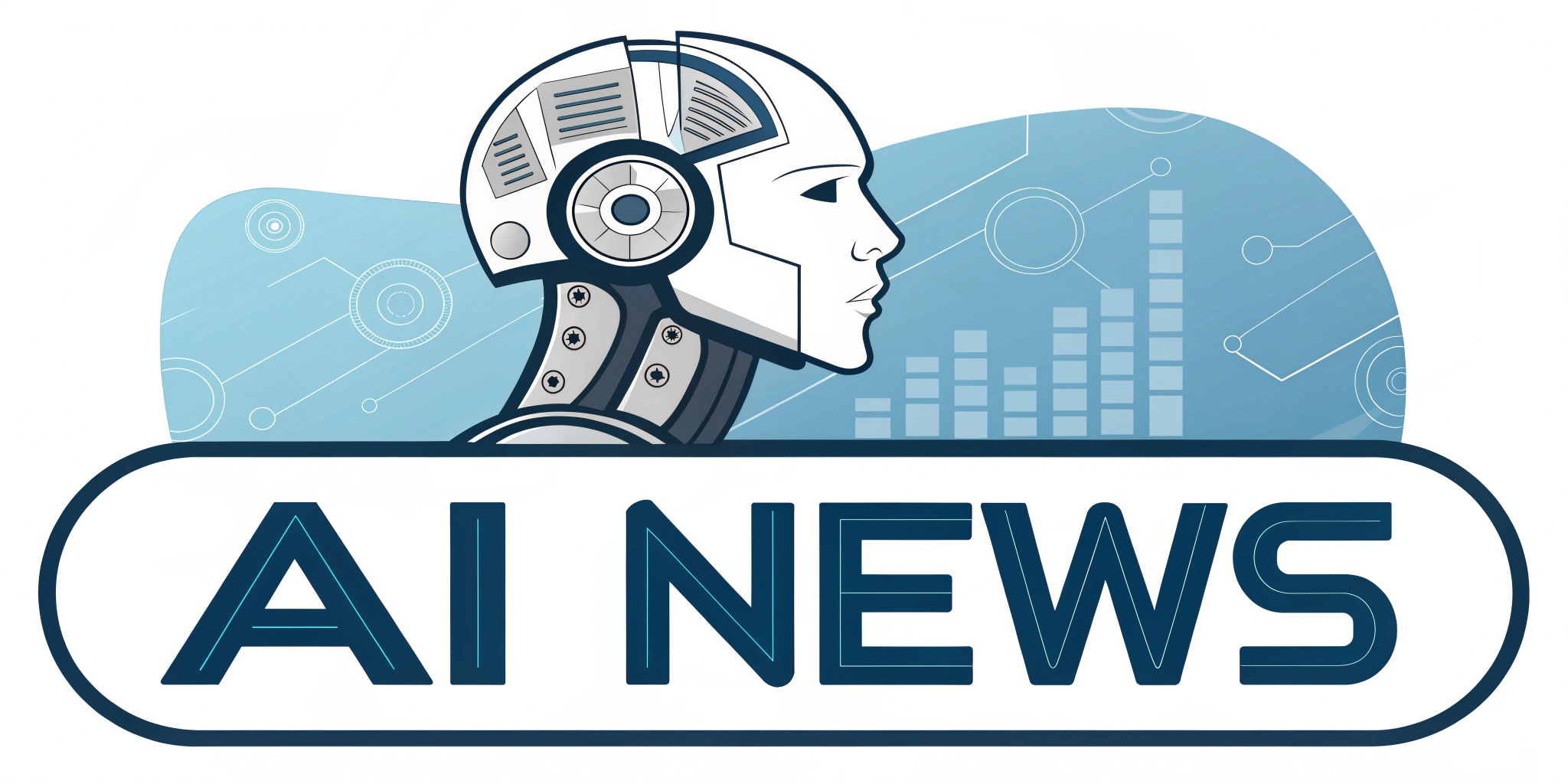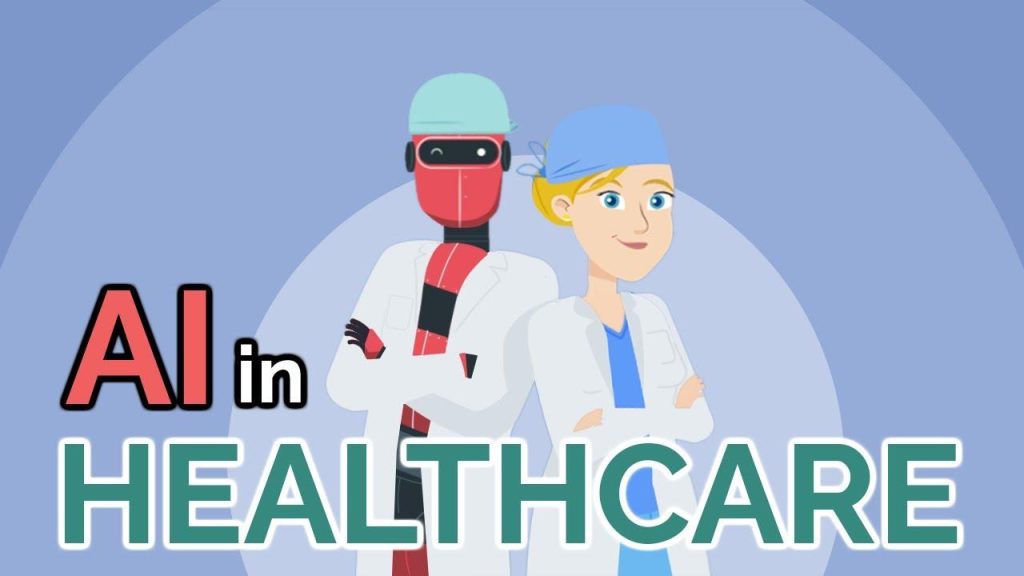Artificial intelligence (AI) is rapidly transforming the landscape of medicine, promising to enhance patient care and streamline healthcare processes across diverse settings.With its growing prevalence, AI is reshaping how healthcare professionals approach diagnosis and treatment, addressing challenges such as physician fatigue and resource limitations in underserved areas. For instance, advanced technologies like convolutional neural networks (CNNs) are now being employed to analyze medical images and patient data to detect diseases with remarkable accuracy. Recent research has demonstrated the potential of these AI systems in diagnosing conditions like Kawasaki disease, which poses critically important challenges due to its vague symptoms and potential for misdiagnosis. As these tools continue to evolve,they hold the promise of refining the diagnostic process,improving precision in treatment,and,ultimately,transforming the way healthcare is delivered—though it is crucial for physicians to remain vigilant about the limitations and biases inherent in the data systems underlying these innovations. This article explores four key ways AI is revolutionizing the medical field,illustrating both the potential benefits and the necessary considerations for integration into clinical practice.
Emerging Role of AI in Medical Diagnosis
Innovations in artificial intelligence are unlocking new avenues for accelerating and enhancing the diagnostic journey for healthcare professionals. AI algorithms are now capable of synthesizing vast amounts of clinical data,streamlining the arduous process of diagnosis. By integrating diverse data types, such as genetic information and electronic health records, these systems can provide comprehensive insights into patient conditions. For example, predictive analytics are being utilized to identify patients at highest risk for severe diseases, allowing for proactive interventions that could significantly alter patient outcomes. This capability not only supports clinicians in making informed decisions but also promotes personalized treatment plans tailored to individual needs.
Moreover, natural language processing (NLP) tools are revolutionizing how healthcare practitioners interact with clinical literature and patient histories. By accurately interpreting and summarizing vast arrays of medical documents, these AI-driven solutions reduce the cognitive load on healthcare providers and enhance their workflow. This means that instead of wading through endless paperwork, clinicians can focus more on patient care and less on administrative tasks. With these advancements, organizations are reporting improved turnaround times for diagnoses and also enhanced patient satisfaction. By leveraging such innovative AI tools,the potential for a more efficient and responsive healthcare system becomes a reality.
Enhancing Accuracy in Disease Detection
Recent advancements in artificial intelligence are making significant strides in improving the precision of disease detection. AI systems employ sophisticated machine learning techniques to analyze a variety of data points, including genomic sequences, medical imaging, and even patient demographics. This approach enhances diagnostic accuracy through multimodal data integration,allowing healthcare professionals to see a more holistic picture of a patient’s health status. For instance, algorithms can identify subtle patterns in imaging that may go unnoticed by the human eye, thus facilitating earlier and more reliable diagnoses. Such capabilities are notably valuable in identifying complex diseases where conventional diagnostic methods may falter.
Moreover, AI is playing a pivotal role in reducing diagnostic errors, which remain a significant challenge in healthcare. By utilizing *deep learning* models trained on extensive datasets, these technologies can pinpoint anomalies in test results with high specificity, minimizing the risk of false positives and negatives. This reliability reinforces confidence among clinicians, enabling them to make better-informed treatment decisions. Additionally, ongoing feedback loops help refine AI algorithms based on real-world outcomes, creating an surroundings of continuous improvement.As the integration of AI into diagnostic pathways continues to evolve, healthcare systems can expect to see not only increased efficiency but also enhanced confidence in the reliability of disease detection.
Addressing Limitations and Biases in AI-Driven Diagnostics
Addressing the inherent challenges in AI-driven diagnostics involves a multifaceted approach aimed at reducing biases that can skew results. One primary concern is the representation of diverse patient populations in the training datasets used by AI systems. Insufficient representation can lead to algorithms that perform well in homogeneous groups but fail to provide accurate assessments across varied demographics. To counter this, it is essential to implement measures such as:
- Diverse Data Collection: Ensuring datasets encompass a wide range of ethnicities, ages, and health conditions to create robust AI models.
- Bias Detection Algorithms: Developing tools that continuously monitor and evaluate AI outcomes for potential biases, providing clarity in diagnostic processes.
- Stakeholder Engagement: Involving diverse voices, including patients, clinicians, and ethicists, in the design and deployment of AI systems to better reflect the needs of the populations served.
The integration of AI into healthcare must also prioritize ethical considerations to mitigate unintended consequences. One significant area for improvement lies in ensuring that clinical decisions are not solely relegated to algorithms but remain firmly in the hands of healthcare professionals. Enhancing the interpretability of AI systems is vital, as clinicians need to understand and trust the reasoning behind AI-generated recommendations. Techniques such as:
- Explainable AI (XAI): Implementing models that provide clear insights and justifications for their outputs, enabling clinicians to make informed choices.
- Continuous Training Programs: Equipping healthcare providers with the necessary skills and knowledge to interpret AI insights effectively and integrate them into their practice.
- Collaborative Decision-Making: Encouraging team-based approaches where AI supplements rather than competes with human expertise in diagnosing and treating patients.
Transforming Treatment Paradigms through Personalized Medicine
The advent of individualized therapies powered by artificial intelligence marks a new era in medical treatment, tailoring approaches to meet the unique characteristics of each patient. By examining comprehensive data such as genetic profiles, biometrics, and lifestyle information, AI systems can uncover specific patterns that inform treatment. This level of personalization enhances not only the efficacy of interventions but also the overall patient experience. With AI-enabled analysis, healthcare professionals can move beyond generic treatment protocols, offering therapies that resonate with the individual’s health journey, thus optimizing outcomes while minimizing adverse effects.
Additionally, the integration of AI in developing personalized treatment plans is revolutionizing methodologies in drug development and clinical trial design. Adaptive algorithms can identify suitable candidates based on predefined criteria, which streamlines recruitment for clinical studies and ensures a diverse participant pool. This evolution fosters a culture of innovation in therapeutic research and accelerates the delivery of novel drugs to the market. As digital tools continue to evolve, the ability to monitor treatment responses in real-time will further refine personalization, allowing for immediate adjustments to therapies based on effectiveness, ultimately enhancing patient compliance and satisfaction.























